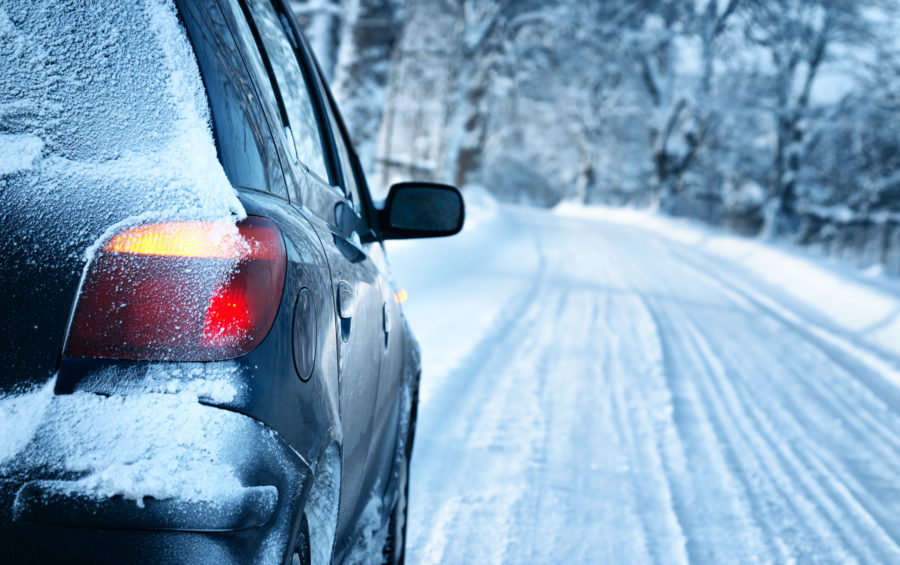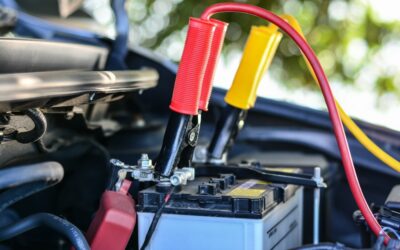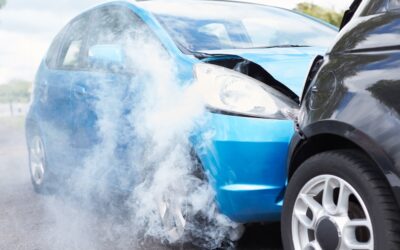This winter could be Britain’s coldest and snowiest winter in almost 70 years.
Forecasts indicate that we could be facing a combination of freezing North Pole air, low pressure air from Greenland, a pattern of atmospheric blocking, cold easterly winds and a significant Arctic freeze. The result? Low temperatures, significant snowfall and freezing winds.
Not exactly the perfect conditions for safe driving, then.
To help you prepare for what could be the worst winter in recent memory, we’ve put together this essential guide to safe winter driving.
The main thing to remember is this: If conditions get particularly bad, the best thing you can do is stay at home and avoid driving altogether. Don’t make any unnecessary journeys. And if you do have to drive, plan your route in advance to include as many major roads as possible. These will be well-lit, they’re more likely to have been gritted, and if you do break down, it’ll be easier for responders to reach you.
Your Safe Winter Driving Checklist – Things to Take on Every Journey
Put together an emergency kit for winter driving to keep you safe in all circumstances. If you ever break down, or if you have to wait a while for recovery, these things will help keep you warm and comfortable:
- Blankets or a sleeping bag – your car’s heating won’t last forever!
- A shovel – just in case you get caught in a snow drift.
- De-icer and an ice scraper – you’ll have to clear your windscreen before every journey.
- A torch – and don’t forget the spare batteries.
- Extra screen wash and antifreeze – in case you run out on a long journey.
- Snacks – cereal bars, crisps, biscuits etc. They’ll help keep your spirits and your blood sugar levels up while you await rescue.
Ensure Your Car’s Ready for Winter Checklist
Before the cold sets in, ensure every aspect of your car is ready for the winter. You don’t want any of your critical systems to let you down when you need them most!
Check your Tyres
- Check that your tyres are in good condition, with no splits and bulges.
- Check tyre pressure meets the recommended pressures in your handbook.
- After that, do the 20p test on your tyres to make sure you have sufficient tread depth. Just take a 20p coin and insert it into each of your tyre treads. If the treads are deep enough to cover the outer rim of the 20p, then you’re good to go.
- If the weather is looking particularly bad in your area, it might be an idea to invest in some winter tyres. These are designed to give you superior grip in temperatures below -7°C.
Get your Battery Checked
You know those unbearable winter mornings when it’s so cold your car won’t even start? That’s often down to your car battery. They can be less reliable in low temperatures. So before the weather gets really bad, get your battery checked. You may have to charge it ready for the winter. Or if you’ve had it for a while, it might be worth changing it completely.
Make Sure your Lights are Working
Are all of your external lights in fully-working order? Make sure you travel with spare bulbs too, just in case a light fails on you while you’re out and about.
Check Consumable Levels
- Check your antifreeze levels
- Oil levels
- Screen wash levels.
You might consider buying a new screen wash just for the winter – one that’s designed to work at lower temperatures. Otherwise, your washer pump could freeze.
Safe Driving on Ice
Sometimes ice is easy to spot on the roads. But sometimes, the only indication that you’re driving on ice is that your tyres stop making any noise.
Here’s a few basic tips for staying safe when things get icy:
- Plan your route carefully. Make sure to include as many major roads as possible, as these are more likely to have been gritted.
- Your stopping distance can be up to 10 times longer on ice. Drive slowly and keep your distance from the car in front.
- Aim for gentle manoeuvres rather than short, sharp, sudden turns.
- Make your speed as constant as possible, and never slam the brakes. Apply them gently so you’ll slow down gracefully, and in full control.
- If you do start to skid, the most important thing is that you don’t panic. Avoid excessive braking, as this could lock your wheels. Put the clutch down and steer into the direction of the skid. Once you’ve straightened, steer along until you regain control.
Staying Safe Driving in Snow
Driving in snow is a similar deal to driving on ice: Avoid making any unnecessary journeys, take it easy, reduce your speed, keep your distance, and try and stick to major roads. But there are a few other things to take into consideration too:
- Before you set out, as well as clearing the snow off your windscreen, clear it from your car’s lights and roof. You need to be able to use your lights and you don’t want snow to slip down from the roof and obscure your view while you’re driving.
- If your car won’t start in the cold, use your ignition in short bursts of five seconds. If your engine doesn’t start immediately, leave a gap of 30 seconds between attempts.
- A 50/50 mix of antifreeze and water can keep your engine running in temperatures as low as -34°C.
- Driving in a snowstorm is a lot like driving in fog: When visibility’s less than 100 metres, use your full-beam lights. But remember to switch them off when you see other drivers approaching.
- When driving by day, sunlight reflecting off the snow can be dazzling. Don’t forget your sunglasses.
Finally, remember that hazardous conditions make accidents more likely in the winter months. Now is as good a time as any to get yourself some comprehensive car insurance. That way, if you are involved in an incident this winter, at least you’ll be able to rest assured that everything will be taken care of.




